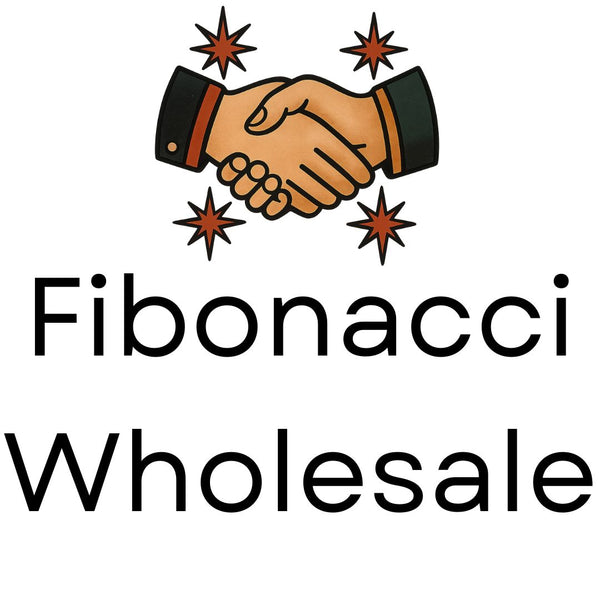Reverse Logistics: Unlocking Economic Opportunities in Times of High Inflation
Share
When inflation rises, every dollar matters. For resellers, reverse logistics—the process of managing returns, overstock, and unsold inventory—can be a powerful strategy to weather economic uncertainty while creating new opportunities.
Why Reverse Logistics Matters Now
High inflation squeezes both consumers and businesses. Shoppers become more selective with their purchases, and retailers often face higher operating costs. This results in more returned products, canceled orders, and excess inventory flooding the supply chain. Instead of letting these items sit idle, reverse logistics transforms them into profitable assets.
The Opportunity for Resellers
Reverse logistics opens doors for resellers in three important ways:
-
Access to discounted inventory: Returned and overstocked goods are often resold at deep discounts, giving resellers the ability to acquire products at far below retail cost.
-
Faster turnover potential: With buyers looking for deals during inflationary times, discounted items move quickly, helping resellers maintain cash flow.
-
Sustainability as a selling point: Shoppers are increasingly conscious about waste. Offering reverse logistics products not only provides value pricing but also appeals to environmentally conscious buyers.
Building Resilience in Uncertain Times
For small businesses and resellers, reverse logistics is more than just cost-saving—it’s a chance to thrive. By tapping into liquidation, returns, and overstock channels, resellers can stock their shelves with affordable products, keep margins healthy, and continue to serve customers who are searching for value.
In times of inflation, opportunity doesn’t disappear. It shifts. Reverse logistics gives resellers a way to adapt, compete, and grow in a challenging economy.
